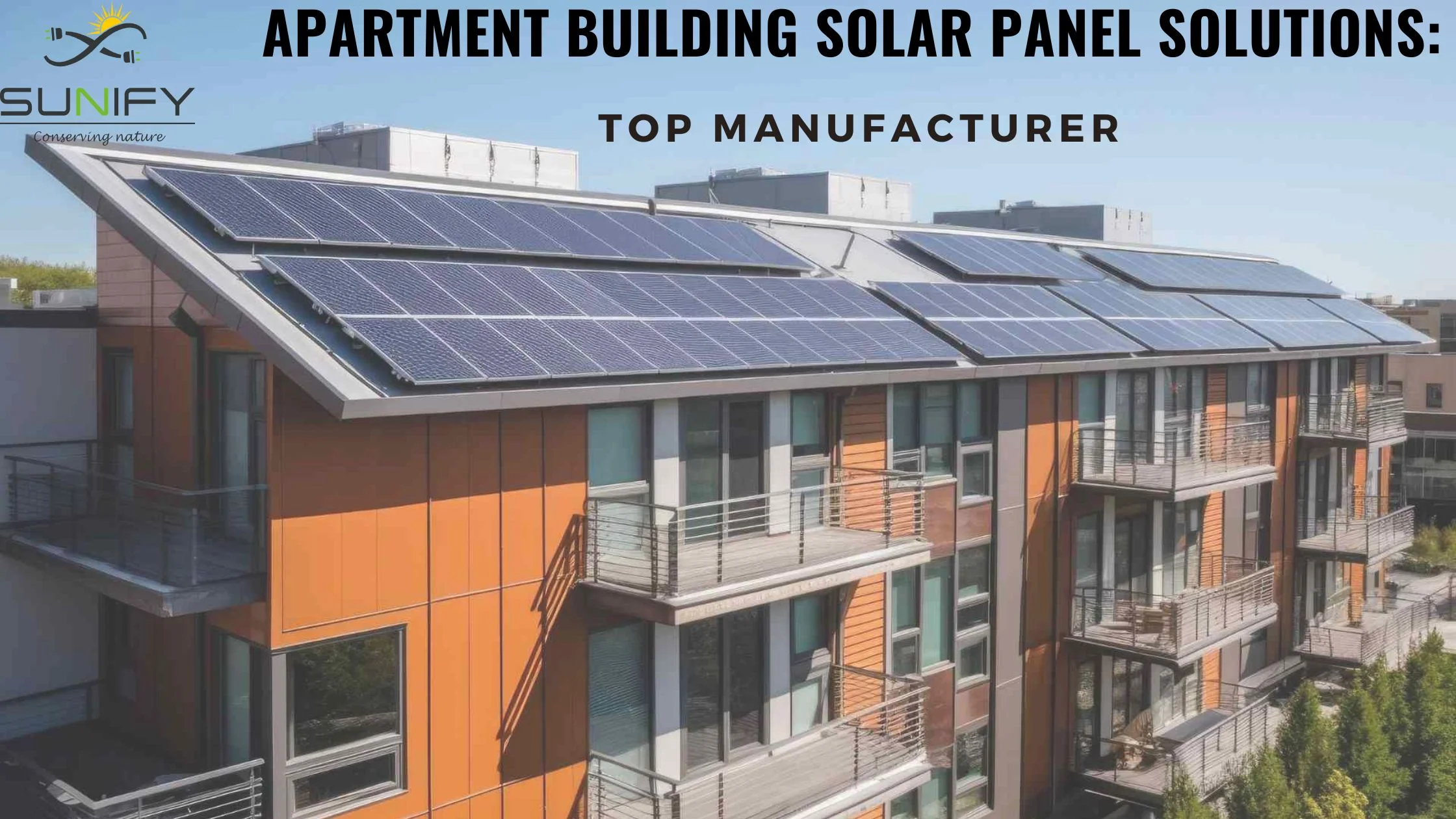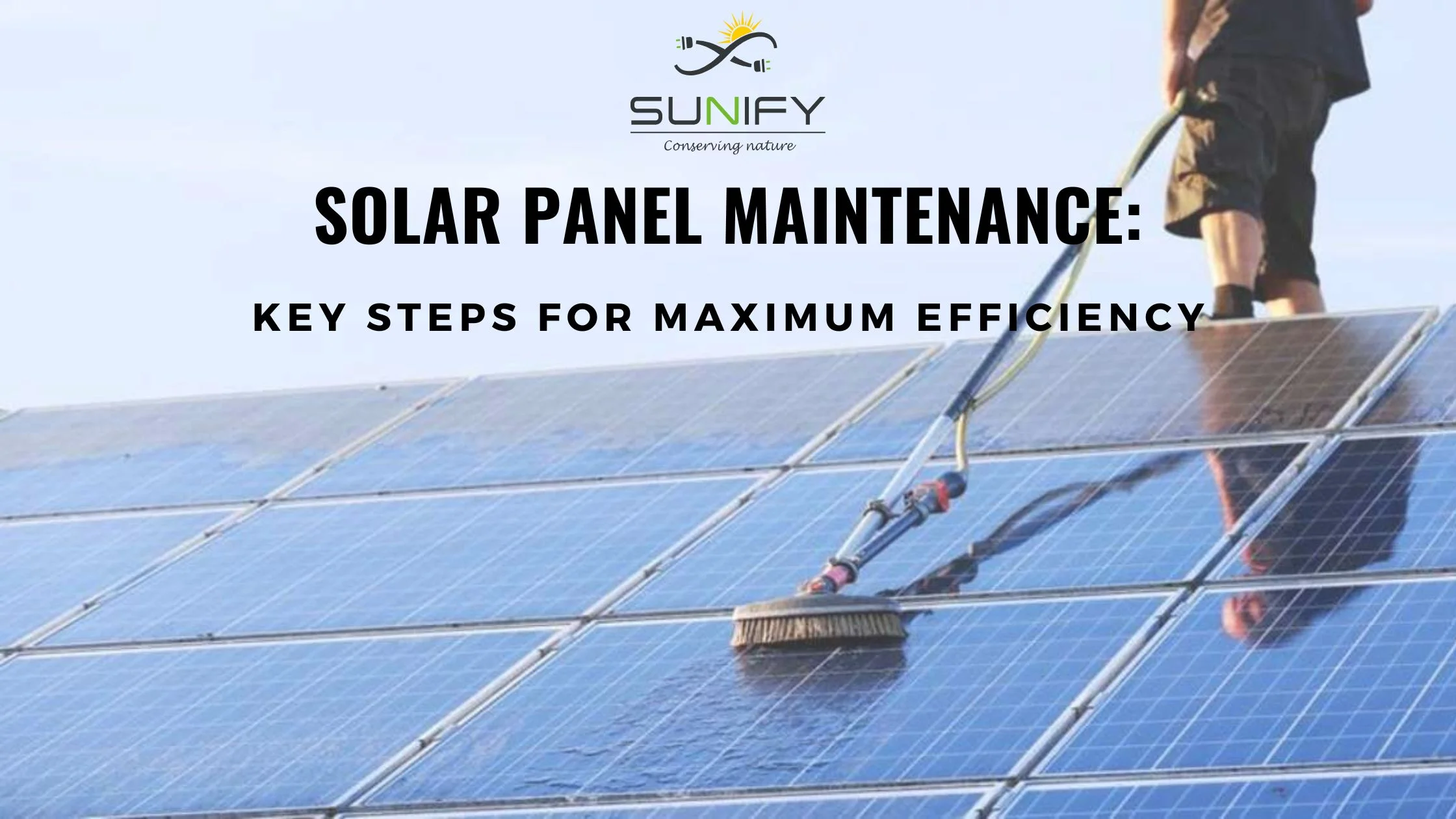
Connect With Our Team
Introduction
Solar panels have become one of the most valuable investments homeowners can make when looking to reduce electricity bills, become more energy independent, and adopt sustainable, environmentally friendly practices. Modern rooftop solar panels and home solar power systems allow homeowners to generate their own electricity using sunlight, reducing reliance on grid electricity while contributing to a significant reduction in carbon emissions. Installing a solar PV system also increases the long-term value of a property, as buyers are increasingly attracted to homes with renewable energy solutions.
However, as the popularity of solar panels grows, homeowners face new challenges. One of the most common and often overlooked issues is the infestation of pigeons and other birds around or under rooftop solar panels. Pigeons are naturally attracted to elevated, sheltered spaces, and the underside of solar panels provides a perfect nesting area that is protected from predators, harsh weather, and human disturbance. If left unchecked, pigeons can damage solar panels, reduce energy efficiency, and create hygiene issues due to droppings and nesting materials.
In this guide, we will first explore the basics of solar panels, their types, installation benefits, and maintenance, and then dive into detailed strategies for protecting solar panels from pigeons, ensuring both long-term performance and safety.
Understanding Solar Panels and Their Benefits

Solar panels, also known as photovoltaic (PV) panels, convert sunlight into electricity that can power your home, reduce monthly energy costs, and even allow excess energy to be sold back to the grid in certain regions. A properly installed home solar power system can operate for 25–30 years, making it a long-term investment for energy savings and sustainability.
Types of Solar Panels
-
Monocrystalline Solar Panels: These are made from a single crystal structure, which allows them to convert sunlight into electricity at high efficiency levels, often above 20%. Their black appearance and sleek design make them ideal for residential rooftops with limited space, as they provide more power per square meter compared to other types.
-
Polycrystalline Solar Panels: Made from multiple silicon crystals, these panels are slightly less efficient than monocrystalline panels (typically around 15–17%) but are more affordable. Their blue-speckled appearance is common on residential rooftops. Polycrystalline panels are suitable for larger roofs where space is less of a constraint.
-
Thin-Film Solar Panels: These panels are lightweight, flexible, and easier to install on non-traditional surfaces like sloped or irregular roofs. While efficiency is lower (10–12%), their portability and lower cost make them ideal for small-scale or off-grid solar applications.
Advantages of Installing Solar Panels at Home
-
Significant Cost Savings: By generating your own electricity, you can drastically reduce monthly utility bills, particularly in regions with high electricity rates. Excess energy can be stored in batteries or sold back to the grid for additional savings.
-
Energy Independence: A home solar power system provides greater energy autonomy, reducing reliance on utility companies and protecting homeowners from rising energy prices or outages.
-
Environmental Impact: Solar panels generate clean, renewable energy, reducing greenhouse gas emissions and contributing to a sustainable future. Adopting rooftop solar helps combat climate change while promoting eco-conscious living.
-
Increased Property Value: Homes equipped with rooftop solar panels or solar PV systems are often more attractive to buyers, as they offer long-term energy savings, tax incentives, and sustainable living benefits.
-
Government Incentives: Many governments provide tax credits, rebates, or net metering programs to encourage homeowners to adopt solar energy. These incentives make the initial investment more affordable and accelerate the return on investment.
Considerations for Solar Panel Installation

-
Roof Orientation and Angle: To maximize energy output, panels should ideally face south in the northern hemisphere or north in the southern hemisphere. The angle of installation also plays a critical role in capturing the maximum sunlight throughout the year.
-
Shading and Obstructions: Trees, buildings, or other structures that cast shadows on panels can significantly reduce energy efficiency. Proper planning ensures panels receive uninterrupted sunlight.
-
Panel Maintenance: Regular cleaning and inspections are essential to remove dust, leaves, and debris that may reduce energy generation. Panels exposed to pollution, dust storms, or bird droppings require extra care.
-
Professional Installation: Working with experienced solar companies ensures proper installation, compliance with safety standards, and optimization of your home solar power system. Professional installers can also integrate bird-proofing solutions during setup, preventing future issues.
By understanding solar panels, their benefits, and installation requirements, homeowners can make informed decisions and realize the full potential of their investment while preparing for challenges like bird infestations.
Why Solar Panels Attract Pigeons
While rooftop solar panels are a boon for homeowners, they inadvertently provide ideal nesting and resting spots for pigeons. Understanding why pigeons are drawn to panels helps in creating effective protection strategies:
-
Sheltered Space: The gap between panels and the roof creates a hidden, predator-free zone where pigeons can build nests safely, shielded from rain, wind, and human disturbance.
-
Warmth: Solar panels absorb sunlight during the day, and the space beneath traps heat, creating a cozy environment for pigeons to rest and lay eggs.
-
Accessibility: Panel frames, edges, and mounting structures make it easy for pigeons to land, perch, and enter the area underneath, increasing the risk of infestation.
-
Consistency: Once pigeons discover a safe nesting spot, they tend to return repeatedly, leading to long-term nesting issues if preventive measures are not implemented.
These natural behaviors emphasize the importance of proactive solar panel bird protection to preserve the efficiency and longevity of your home solar power system.
Risks of Pigeon Infestation Under Solar Panels
Pigeons nesting under solar panels pose several serious risks:
-
Physical Damage to Panels: Nesting materials such as twigs, leaves, and feathers can scratch panels, interfere with wiring, or damage the mounting structure. Pigeon droppings are highly acidic, which over time can corrode metal frames, wires, and connectors, leading to costly repairs.
-
Clogged Gutters and Drains: Accumulated nesting materials can block roof drainage systems, causing water pooling, leaks, and even damage to the roof structure. Excess moisture may reduce the lifespan of panels and mounting hardware.
-
Electrical Hazards: Acidic droppings can corrode electrical connectors and wiring, increasing the risk of short circuits, power losses, or inverter malfunctions, potentially affecting the solar electricity for home use.
-
Reduced Efficiency: Droppings and nests block sunlight, lowering the energy output of rooftop solar panels. Even a small accumulation can reduce overall efficiency by 5–10%, impacting monthly electricity generation.
-
Health Risks: Pigeons carry pathogens like Salmonella and Histoplasma, which pose serious health risks to residents. Nesting areas can also attract other pests such as rodents and insects, compounding the problem.
How to Protect Solar Panels from Pigeons

1. Install Bird Mesh or Netting
Bird mesh or netting is one of the most reliable solutions to prevent pigeons from nesting under solar panels:
-
Durable Materials: Stainless steel, galvanized steel, or UV-resistant plastic mesh can withstand harsh weather conditions and last for years.
-
Installation Tips: Mesh should be tightly secured around all panel edges and roof gaps to eliminate access points. Ensure proper airflow to avoid moisture buildup beneath panels.
-
Maintenance: Regular inspections are essential to repair any wear or damage immediately.
Example: Homeowners who installed stainless steel mesh under their rooftop solar panels noticed a complete drop in pigeon activity, reducing maintenance costs and improving panel efficiency.
2. Use Solar Panel Bird Guards
Solar panel bird guards create a strong physical barrier that protects panels without affecting energy production:
-
Material and Design: PVC-coated steel, polycarbonate strips, or galvanized guards fit snugly under panel edges to block pigeon access.
-
Installation: Guards can be added during the initial solar panel installation or retrofitted later.
-
Long-Term Benefits: Once installed, bird guards require minimal maintenance and provide lasting protection for both residential and commercial solar PV systems.
Tip: Bird guards are especially effective in combination with mesh and visual deterrents for multi-layered protection.
3. Install Roof Spikes
Roof spikes are a simple yet effective deterrent for pigeons:
-
Placement: Along ridges, edges, and other perching points near solar panels.
-
Material Choices: Stainless steel spikes provide durability, while plastic spikes are a cost-effective option for smaller roofs.
-
Effectiveness: Spikes prevent pigeons from landing, making the rooftop area uncomfortable for nesting
Note: Spikes should be combined with mesh or guards to ensure pigeons cannot access the underside of panels.
4. Visual and Auditory Deterrents
Pigeons are highly sensitive to movement and sound:
-
Visual Deterrents: Reflective tape, moving predator decoys (hawks or owls), and wind-activated objects create an intimidating environment that discourages pigeons from approaching panels.
-
Auditory Deterrents: Ultrasonic devices emit high-frequency sounds that disturb pigeons without affecting humans or pets.
-
Placement Strategy: Rotate and position deterrents strategically to prevent pigeons from getting used to them.
Tip: Combining visual, auditory, and physical deterrents provides the most effective solar panel bird protection.
5. Regular Maintenance and Cleaning
Routine maintenance is essential for protecting solar panels from pigeons:
-
Inspection: Regularly check for droppings, nests, or debris under panels.
-
Cleaning: Promptly remove nests, leaves, or droppings to discourage pigeons from returning.
-
Professional Help: Large rooftop installations may require solar companies for thorough cleaning and inspection to maintain both efficiency and safety.
FAQs
Q: Can pigeons damage solar panels permanently?
Yes. Pigeon droppings are acidic and can corrode connectors and panel surfaces. Nesting materials may obstruct drainage and reduce efficiency over time.
Q: How can I prevent pigeons from nesting under my rooftop solar panels?
Use a combination of bird mesh, solar panel guards, roof spikes, visual or auditory deterrents, and regular cleaning.
Q: Are solar panel bird guards safe for my panels?
Yes. Professional-grade guards protect panels without affecting performance or energy output.
Conclusion
Homeowners investing in solar panels for clean energy must protect their rooftop solar systems from pigeons to maintain efficiency, reduce maintenance costs, and ensure safety. By understanding the benefits of solar panels, implementing multi-layered protective measures such as bird mesh, solar panel guards, roof spikes, visual deterrents, and maintaining cleanliness, homeowners can safeguard their investment. Professional services provide additional peace of mind, making solar panel bird protection easy and long-lasting. Taking proactive steps today ensures uninterrupted energy production and extends the lifespan of your home solar power system.
Recently Posted
Whatsapp Chatx
Hi! Click one of our representatives below to chat on WhatsApp or send us email to solar@sunifysolar.in

|
************** +91 81414 55503 |

We will love to hear from you!






